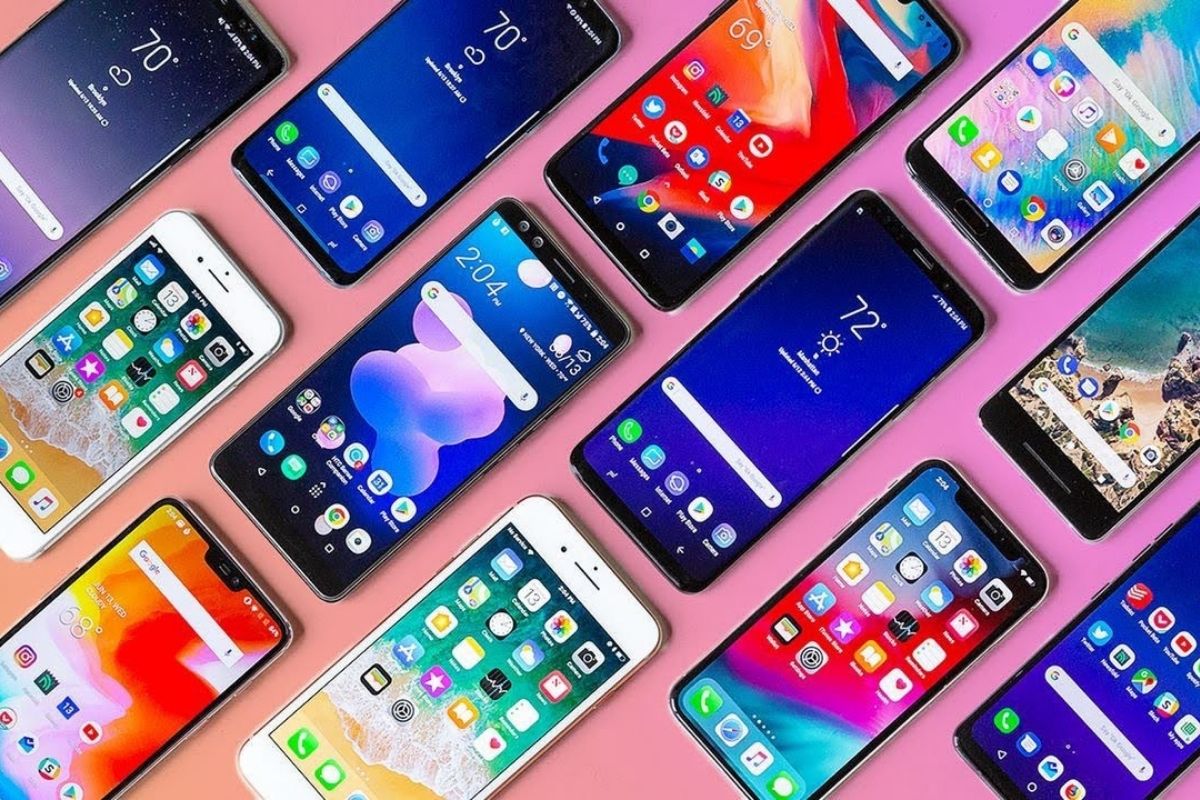Introduction
Over the past few decades, smartphones have transformed the way we communicate, access information, and interact with the world around us. These pocket-sized devices have become an integral part of our daily lives, revolutionizing various industries and empowering individuals in ways unimaginable just a few years ago. This article explores the evolution of smartphones, their key features, and the significant impact they have had on society, economy, and culture.
I. A Brief History of Smartphones
The roots of smartphones can be traced back to the 1970s when the concept of a mobile phone was first introduced. Early mobile phones were bulky and lacked the features we associate with modern smartphones. The first smartphone, the IBM Simon Personal Communicator, was launched in 1992 and combined the functionalities of a mobile phone and a PDA (Personal Digital Assistant).
However, it wasn’t until the launch of the Apple iPhone in 2007 that smartphones truly took the world by storm. The iPhone’s intuitive touch interface and the introduction of the App Store revolutionized the industry and set the stage for the smartphone’s exponential growth.
II. Key Features of Smartphones
A. Connectivity
One of the defining features of smartphones is their ability to connect to the internet and other devices seamlessly. With the widespread availability of high-speed mobile data and Wi-Fi networks, smartphones enable users to access information, stay connected with friends and family through social media, and conduct business on the go.
B. Multifunctionality
Smartphones have evolved into multifunctional devices that offer a myriad of capabilities. From making calls and sending text messages to taking high-quality photos, playing games, and even monitoring health and fitness, smartphones have become an all-in-one solution for various tasks.
C. Apps and App Stores
The introduction of mobile applications (apps) and app stores, such as the Apple App Store and Google Play Store, transformed smartphones into customizable platforms. Users can choose from millions of apps that cater to their specific needs and interests, from productivity and entertainment to education and health.
III. Impact on Communication and Social Interaction
Smartphones have reshaped the way we communicate with one another. The ubiquity of messaging apps and social media platforms has made it easier for people to stay in touch, irrespective of geographical boundaries. However, there are concerns about the impact of excessive smartphone use on face-to-face interactions and mental health.
IV. Transforming Work and Productivity
The integration of email, calendars, and productivity apps has transformed the way people work. Smartphones enable employees to stay connected with their colleagues and access work-related information even when they are not in the office. However, the blurring of boundaries between work and personal life has also led to new challenges such as burnout and the need for better work-life balance.
V. Revolutionizing Industries
The rise of smartphones has disrupted several industries, including media, entertainment, transportation, and healthcare. Streaming services have replaced traditional television, ride-sharing apps have transformed transportation, and telemedicine has made healthcare more accessible. This digital disruption has created new opportunities and challenges for businesses and entrepreneurs.
VI. Impact on Education and Learning
Smartphones have also impacted the education sector. With the availability of educational apps, online courses, and e-books, learning has become more accessible and convenient. However, concerns about distractions and over-reliance on smartphones during study hours have emerged.
VII. Privacy and Security Concerns
The extensive use of smartphones has raised concerns about data privacy and security. With smartphones holding vast amounts of personal information, they have become targets for hackers and malicious actors. Manufacturers and app developers are constantly working to enhance security measures to protect users’ data.
VIII. Environmental Impact
The popularity of smartphones has also led to environmental concerns. The manufacturing and disposal of electronic devices contribute to electronic waste, which poses significant environmental challenges. Companies and consumers alike are increasingly focused on sustainability and recycling initiatives.
IX. Cultural and Social Implications
Smartphones have had a profound impact on culture and society. They have changed the way people document and share their experiences, influenced popular culture, and sparked new trends and movements. The phenomenon of “smartphone addiction” and its potential implications on mental health is also a matter of societal concern.
Conclusion
In conclusion, smartphones have come a long way from being simple communication devices to becoming indispensable tools that shape how we live, work, and interact with the world. While they have undoubtedly brought numerous benefits, we must be mindful of the challenges they pose. As technology continues to evolve, it is essential to strike a balance between utilizing smartphones to enhance our lives while being mindful of their impact on our well-being and the world around us.






